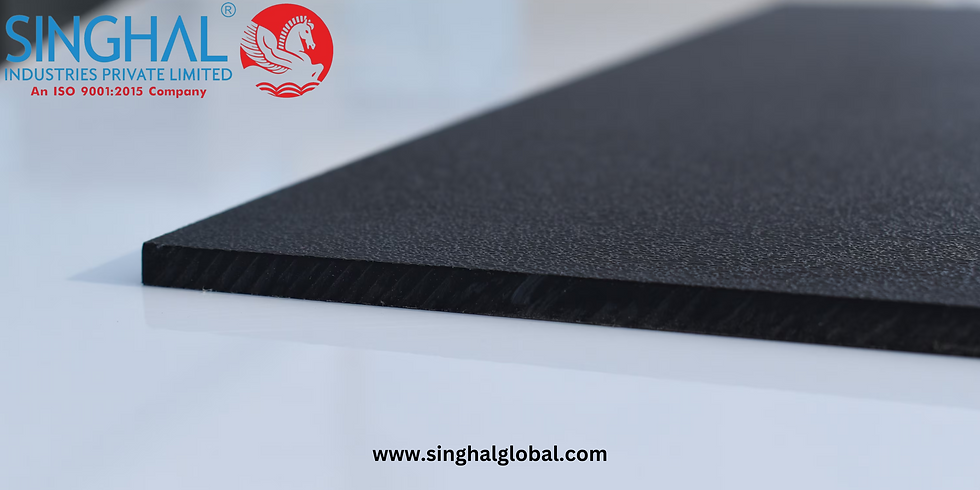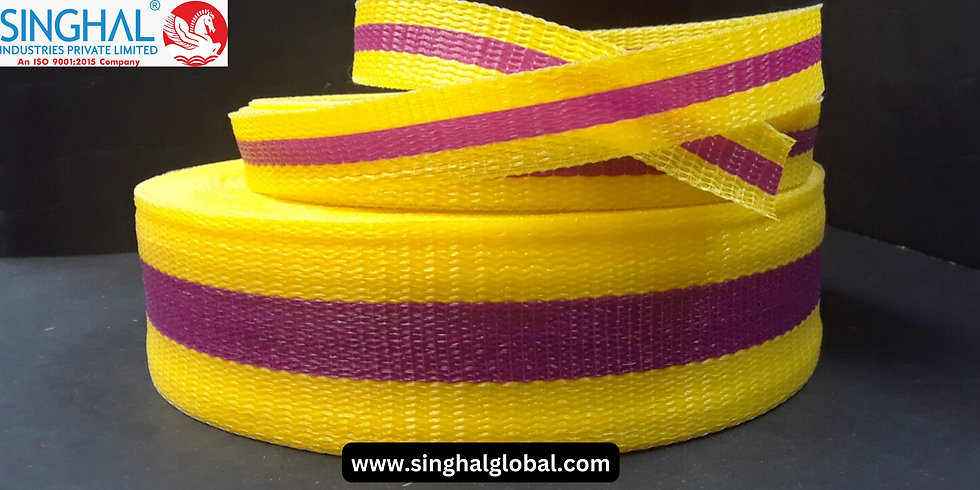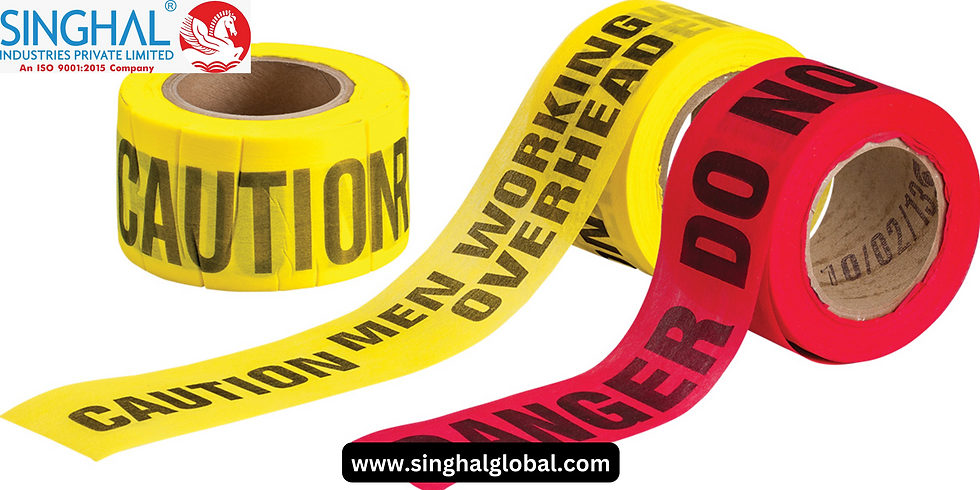Understanding Drainage Cells: A Comprehensive Overview
- sipl Dmktg
- Jun 5, 2024
- 3 min read

Introduction:
Drainage cells are an essential component in modern construction and landscaping, providing efficient water management solutions. These cells are designed to facilitate the rapid removal of excess water from soil and substrates, helping to prevent waterlogging, erosion, and structural damage. This article aims to provide a comprehensive overview of Drainage cell Manufacturers, and applications, while addressing frequently asked questions about their use, manufacturing, and pricing.
What are Drainage Cells?
Drainage cells are modular units made from high-strength, lightweight plastics, typically polypropylene or recycled materials. These cells are designed with an open structure that allows water to flow through while providing structural support to the surrounding soil or substrate. Drainage cell price, retaining walls, sports fields, and various landscaping applications to manage water efficiently.
Benefits of Drainage Cells
Efficient Water Management:
Drainage cells facilitate rapid water drainage, preventing water accumulation that can lead to waterlogging and root rot in plants. This is particularly important in green roofs and landscaped areas.
Structural Integrity:
These cells provide support to the soil or substrate, helping to maintain its stability and prevent erosion. They are crucial in applications such as retaining walls and sports fields, where structural integrity is paramount.
Lightweight and Durable:
Made from high-strength plastics, drainage cells are lightweight yet durable, making them easy to install and capable of withstanding significant loads.
Environmental Benefits:
Many drainage cells are made from recycled materials, contributing to environmental sustainability. Their use in green roofs and sustainable urban drainage systems (SUDS) further enhances their eco-friendly credentials.
Versatility:
Drainage cells can be used in a wide range of applications, from residential gardens to large-scale commercial projects. Their modular design allows for easy customization to fit specific project requirements.
Applications of Drainage Cells
Green Roofs:
Drainage cells are widely used in green roof systems to manage excess water, provide aeration, and support the growth medium. They help maintain optimal moisture levels for plant growth while preventing waterlogging.
Landscaping and Gardens:
In landscaping, drainage cells are used to improve soil drainage, support retaining walls, and create sustainable drainage systems. They help maintain healthy plant growth and prevent soil erosion.
Sports Fields:
Drainage cells are used under sports fields to ensure rapid water drainage, preventing waterlogging and maintaining playable conditions. They help keep the field dry and safe for use in all weather conditions.
Infrastructure Projects:
Drainage cells are utilized in various infrastructure projects, such as roadways, bridges, and tunnels, to manage stormwater and prevent water-related damage.
Vertical Gardens:
These cells are also employed in vertical gardening systems to provide drainage and support for the growing medium, promoting healthy plant growth.
Conclusion
Drainage cells are a vital component in modern construction and landscaping, offering efficient water management solutions that enhance the durability and sustainability of projects. Their numerous benefits, including durability, flexibility, and environmental friendliness, make them a preferred choice for a wide range of applications. With reputable Drain cell manufacturers available in various regions, including India, it is easy to find high-quality products to meet specific project needs. By understanding the properties and applications of drainage cells, businesses and individuals can make informed decisions to optimize their water management systems and contribute to sustainable development.
Frequently Asked Questions
Who are the leading drain cell manufacturers?
Leading drain cell manufacturers are typically found in regions with advanced construction and landscaping industries. Companies like Atlantis, VersiCell, and Elmich are well-known for producing high-quality drainage cells. In India, several manufacturers specialize in producing durable and efficient drainage cells for various applications.
What is the typical drainage cell price?
The price of drainage cells can vary based on several factors, including the material, load-bearing capacity, size, and manufacturer. Generally, prices range from a few dollars per square meter for basic models to higher amounts for specialized, heavy-duty cells. It is advisable to request quotes from multiple suppliers to compare prices and choose the best option for your budget and project needs.
Can drainage cells be used in DIY projects?
Yes, drainage cells can be used in DIY projects, such as creating raised garden beds, improving garden drainage, or constructing small-scale green roofs. Their modular design and ease of installation make them suitable for both professional and DIY applications.
What are the maintenance requirements for drainage cells?
Maintenance for drainage cells is generally minimal. However, it is important to periodically check for any blockages or damage that could impede water flow. In green roofs or landscaped areas, ensure that the plants and growing medium are healthy and properly maintained to prevent clogging or erosion.



Comments